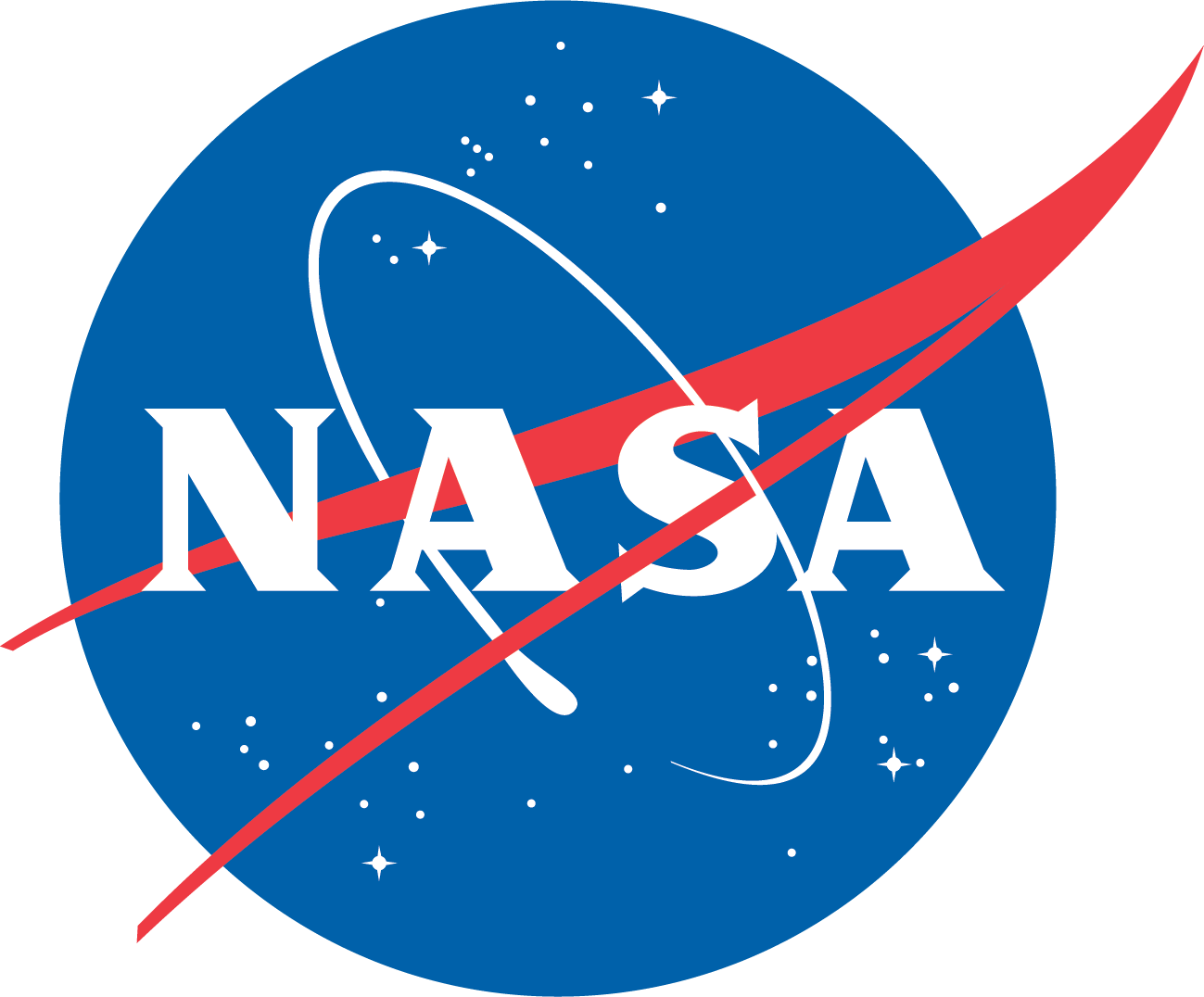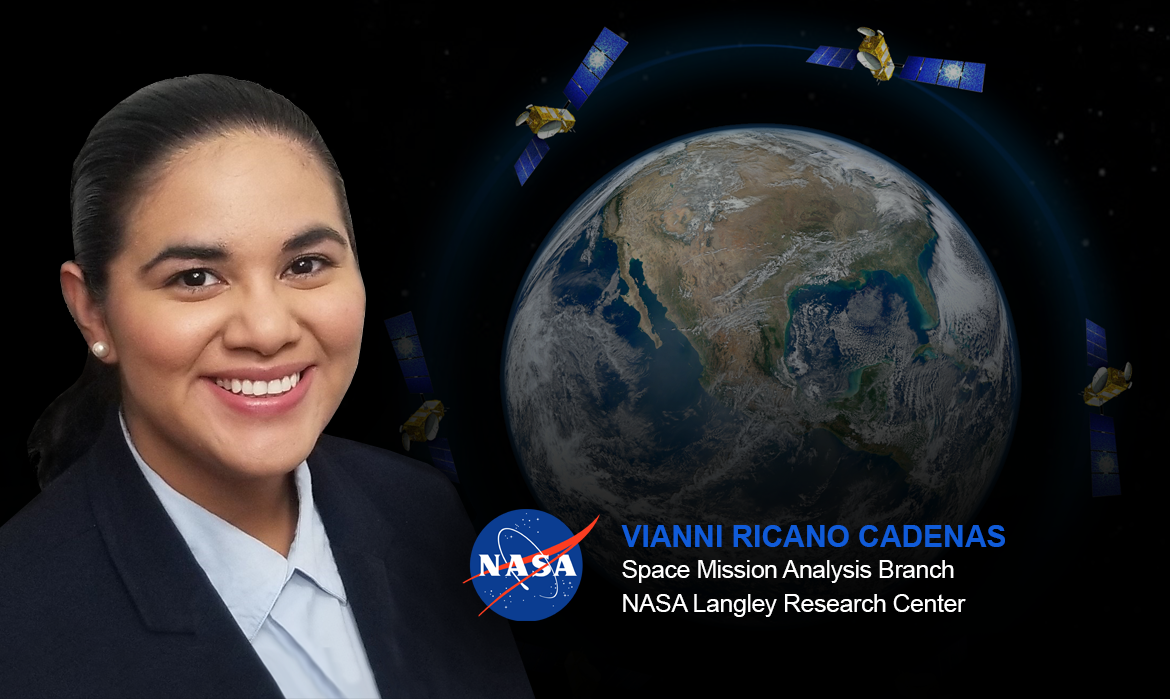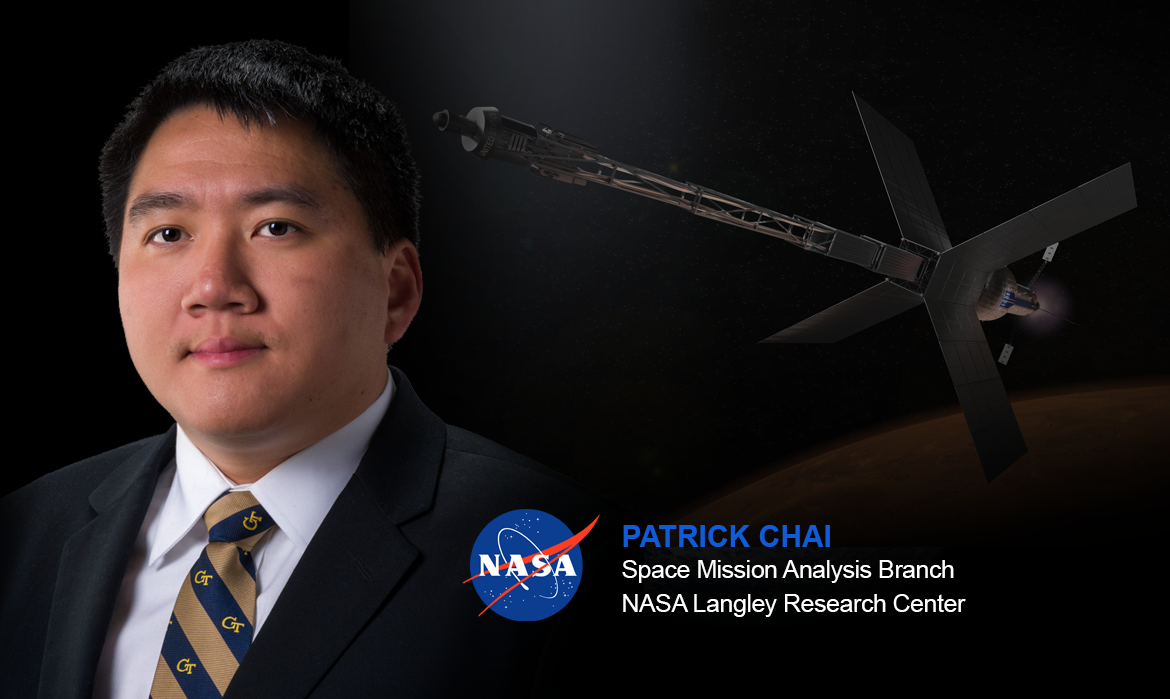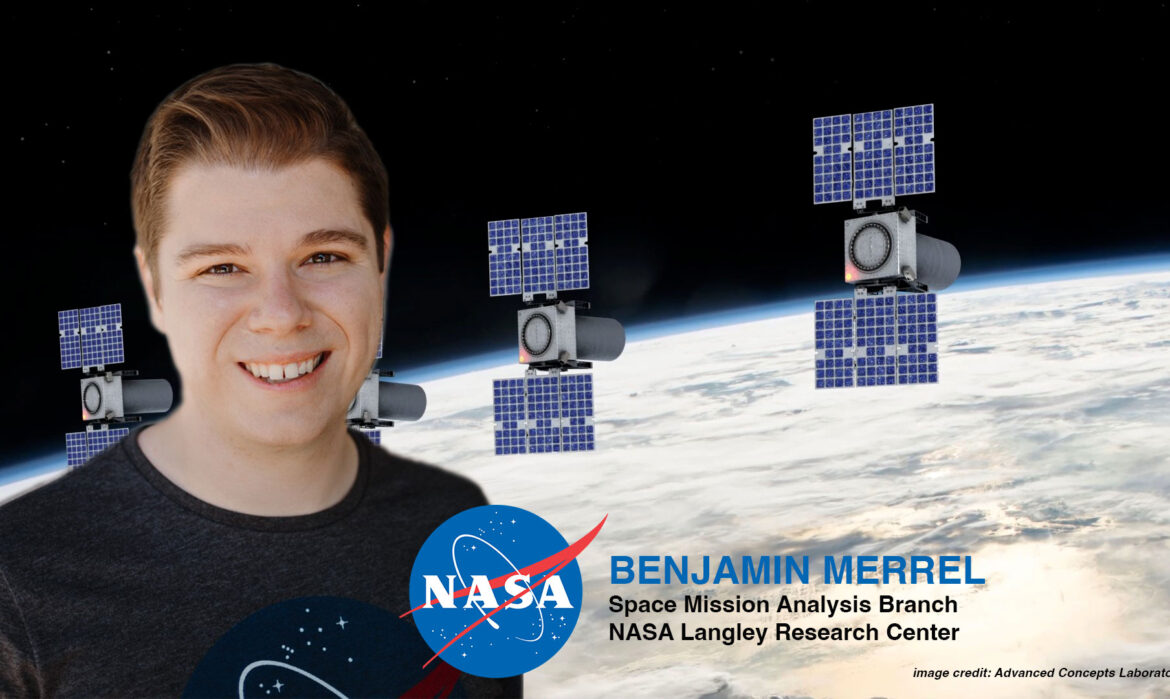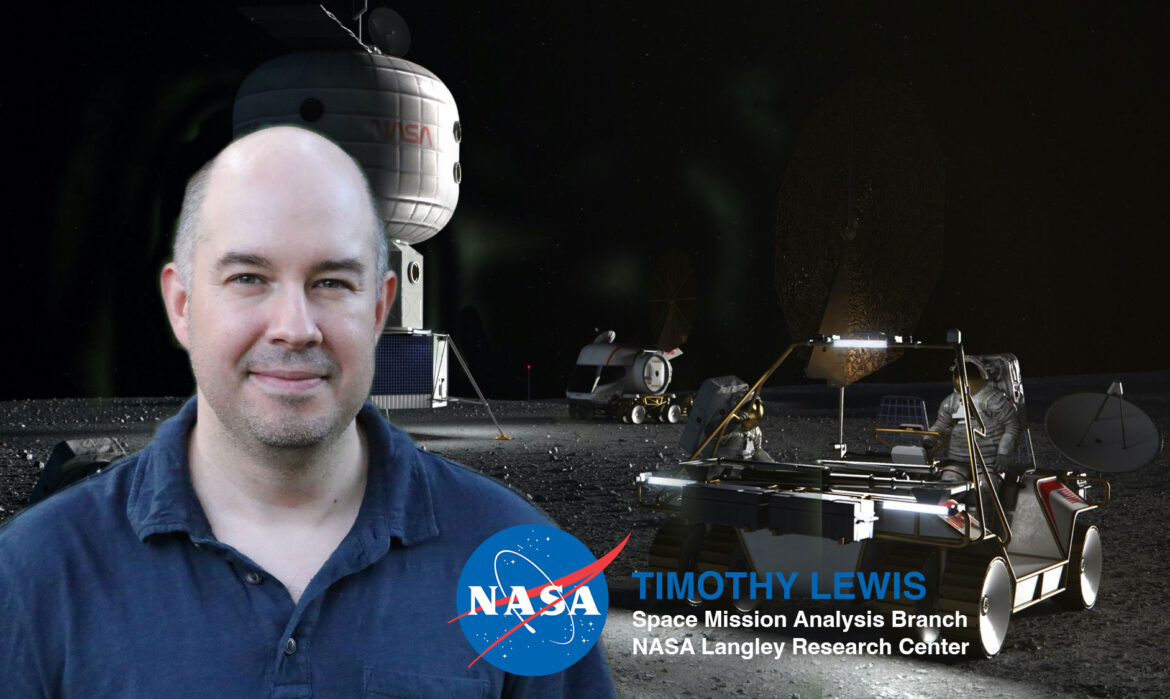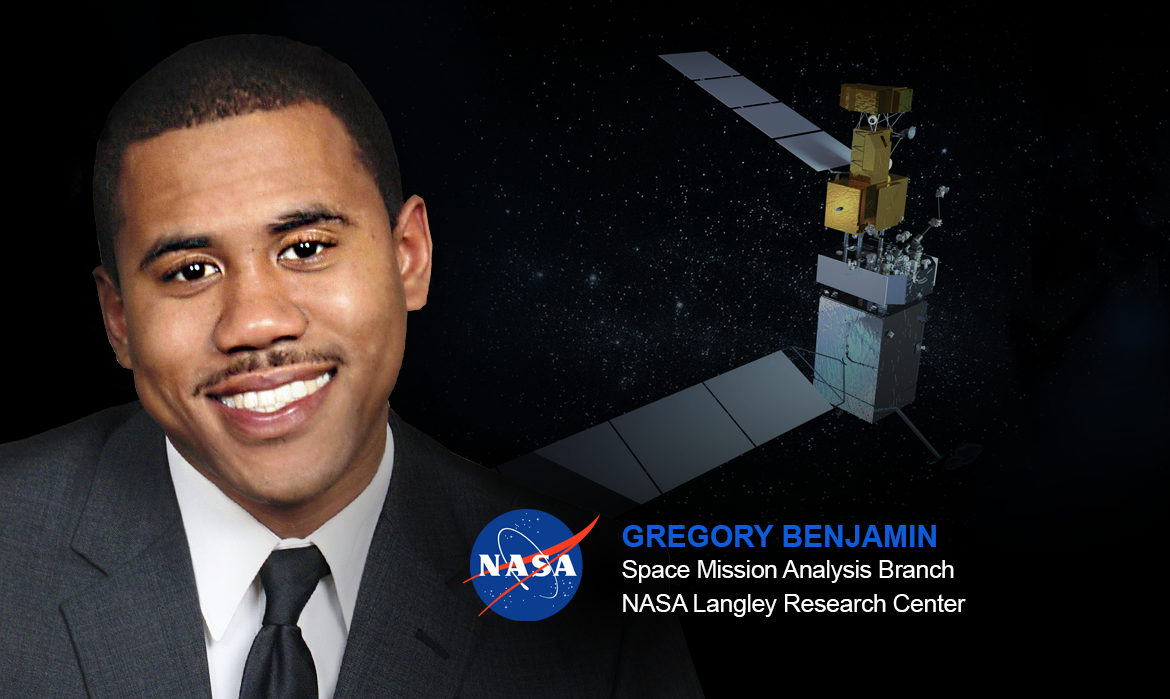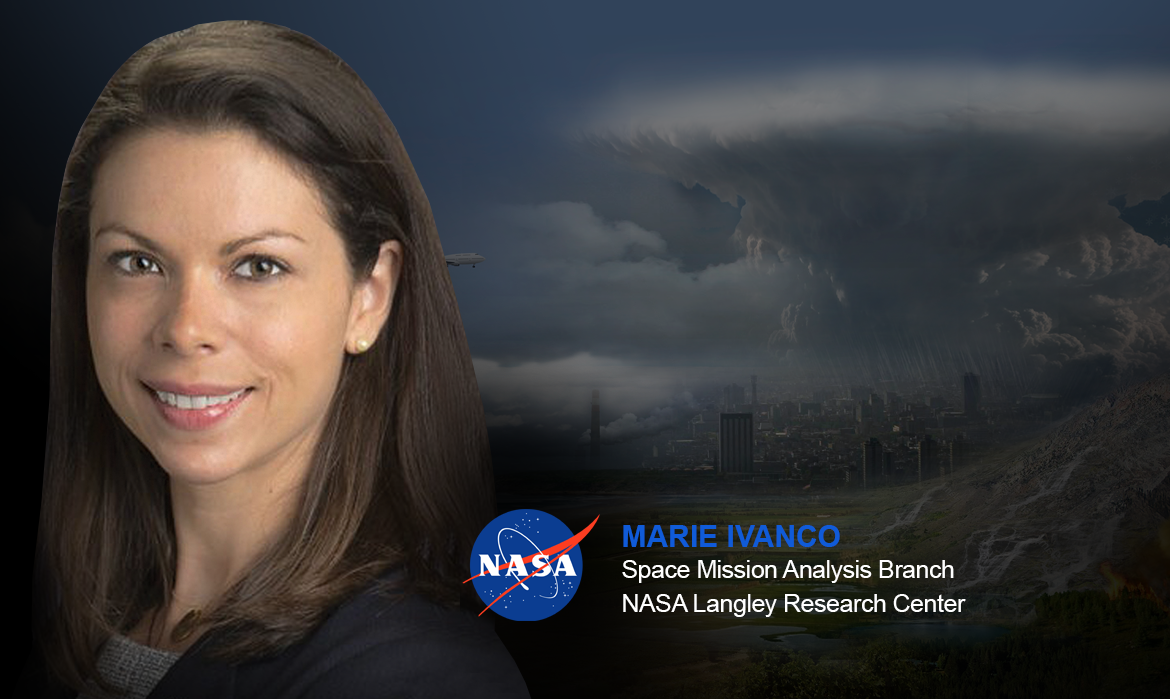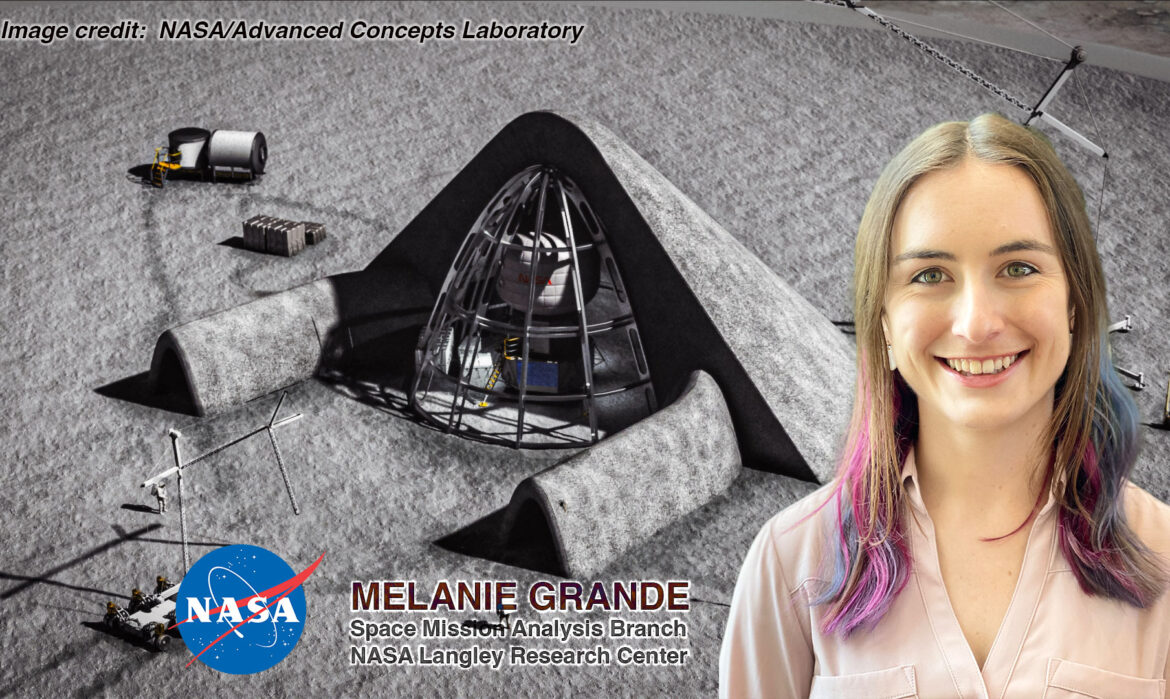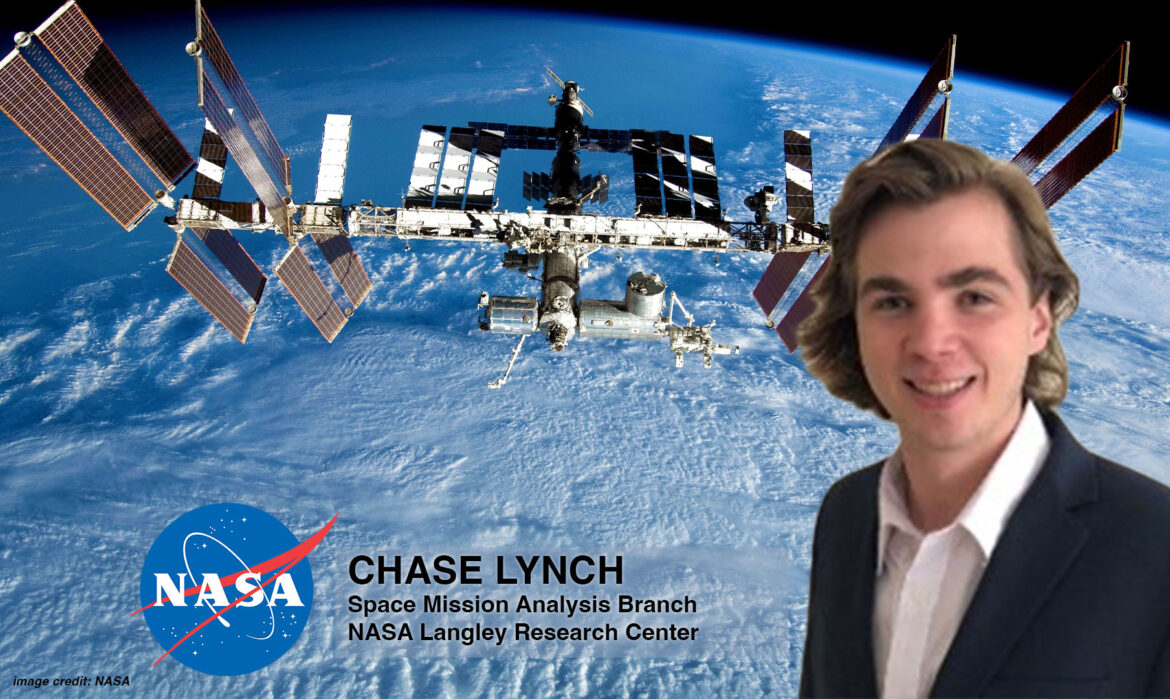Packing for a Trip to Space, featuring Nicole Piontek
Packing for a road-trip requires consideration of many different details: how long the trip will take, the destination, who is going, and what vehicle is used, to name but a few. Taking these and a myriad other variables into account, Nicole Piontek similarly investigates the optimal strategies for packing spare parts for a space mission.
“[Supportability analysis] is finding the perfect balance between mass, and spares, and risk,” Piontek, an engineering intern with the Space Mission Analysis Branch (SMAB) at the NASA Langley Research Center in Hampton, Virginia, explains. “We look at the best way to go somewhere.” This analysis process involves examining the data of spacecraft subsystems, currently focusing on the Environmental Control and Life Support System (ECLSS), to understand the operations of their constituent parts: how many failures occurred, how many operating hours have passed, why certain failures happened, and what upgrades have been made. This data provides the inputs for a spares model that projects what quantities of spare parts are needed to support specific space missions depending on acceptable risk levels. In turn, these results inform future system testing and upgrade decisions while impacting vehicle designs.
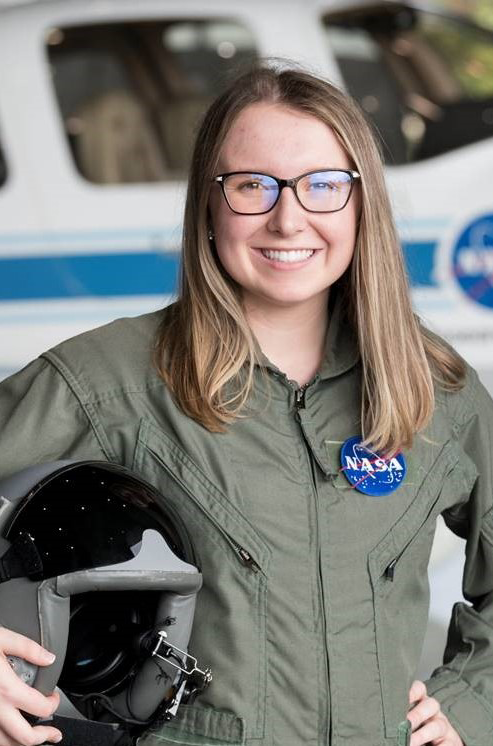
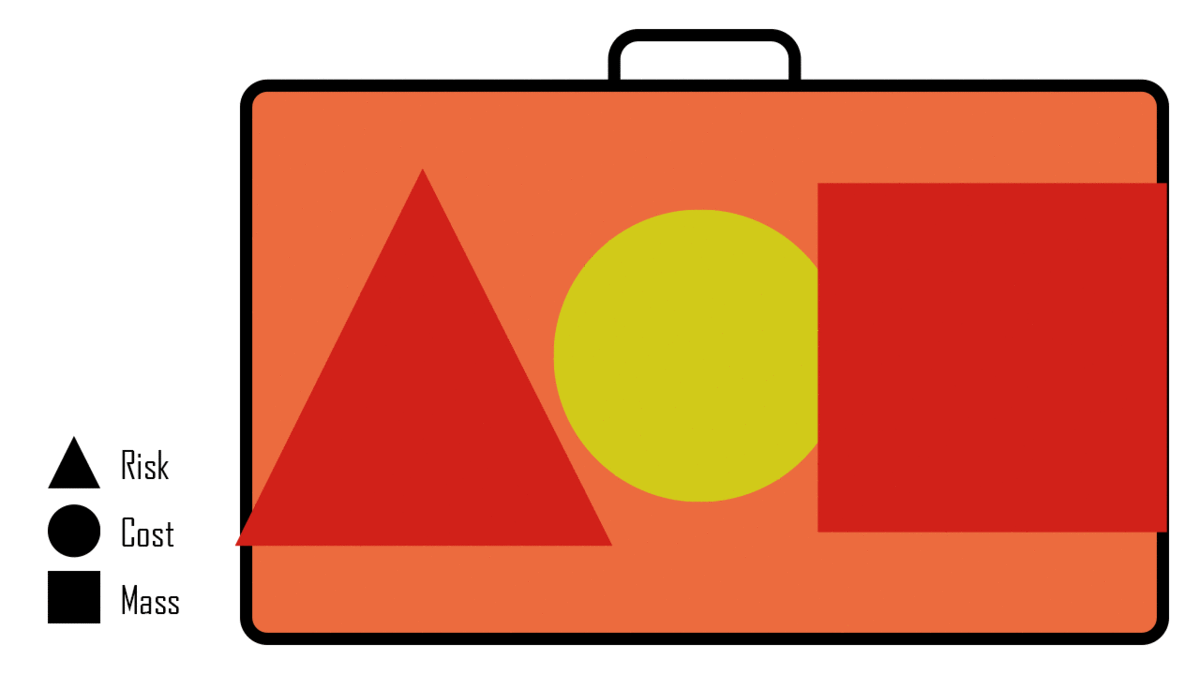
As an intern, Piontek gathers the system data to improve the spares estimates and checks the data so that it fully describes the systems. Most of this data comes from operations on the International Space Station (ISS). Without including data from experience on ISS, future missions would likely over- or under-pack spares, increasing the risk to the astronauts. With the ISS data, the spares allocations can be more accurately estimated. This allows optimization of the mission to decrease risk and potentially decrease mass and cost. By helping develop a sustainable way of operating, Piontek hopes that “[NASA] can keep going back to the Moon year after year because we did things right.”
“People need to understand the integrated nature of every decision that they make.”
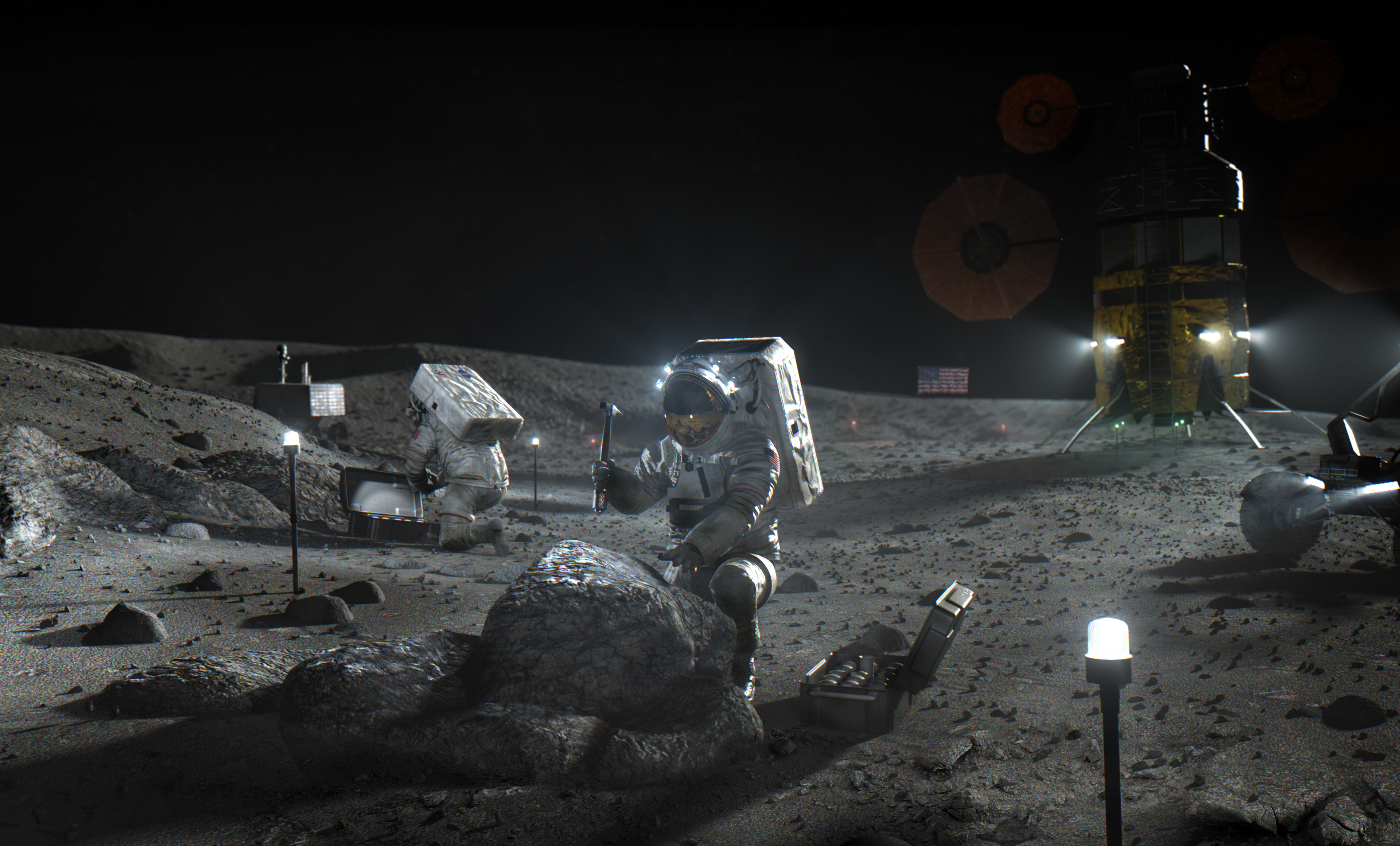
Reflecting on her experience as a NASA intern, Piontek grins. Although she admits she was intimidated at the start, she quickly realized that NASA was full of “intelligent, but so kind, people… [who] recognize everyone’s expertise and opinions.” This internship gave Piontek the opportunity to do something she was passionate about, and she thinks that applies across the board. As she said, “NASA is the one place where you can do anything. You will never be able to do as cool [of] things as you can do here.”
Update: After completing her internships with SMAB, Piontek participated in the NASA Pathways internship program at the Johnson Space Center. Upon successful completion of the program and graduating with her degree, she joined SMAB as a full-time civil servant.
Author/Contact: Emily Judd
Published: December 2020
Updated: June 2022

